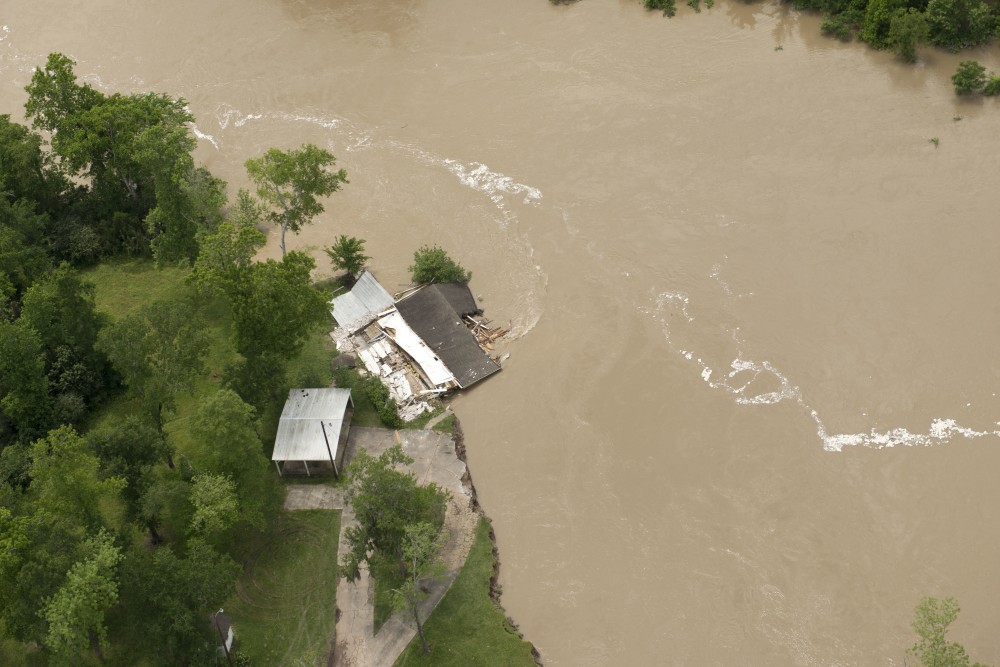After the storm, rebuild—but where?
Adapting to climate change requires something that’s hard for Americans: choosing collective solutions over individual ones.

News reports after natural disasters like Hurricanes Irma and Harvey often feature resilient home owners determined to rebuild. Americans support such efforts not only by donating to charity but by funding—though their taxes—programs that subsidize insurance in flood-prone areas and provide grants and low-interest loans for reconstruction.
But as rising global temperatures lead to higher sea levels and generate more frequent and volatile storms, it makes less and less sense to rebuild highly vulnerable communities in the same way or in the same places, since they are increasingly likely to be hit with catastrophe again. And it’s foolish for government relief programs to encourage such rebuilding.
An extreme example of the problem: one of the houses in Kingwood, Texas, engulfed by Harvey has flooded 22 times since 1979. Over the years, the owner of the house, which sits close to the San Jacinto River, has received $1.8 million from the federal flood insurance program. Environmentalists and low-tax advocates can agree on this: that’s taxpayer money misspent.




